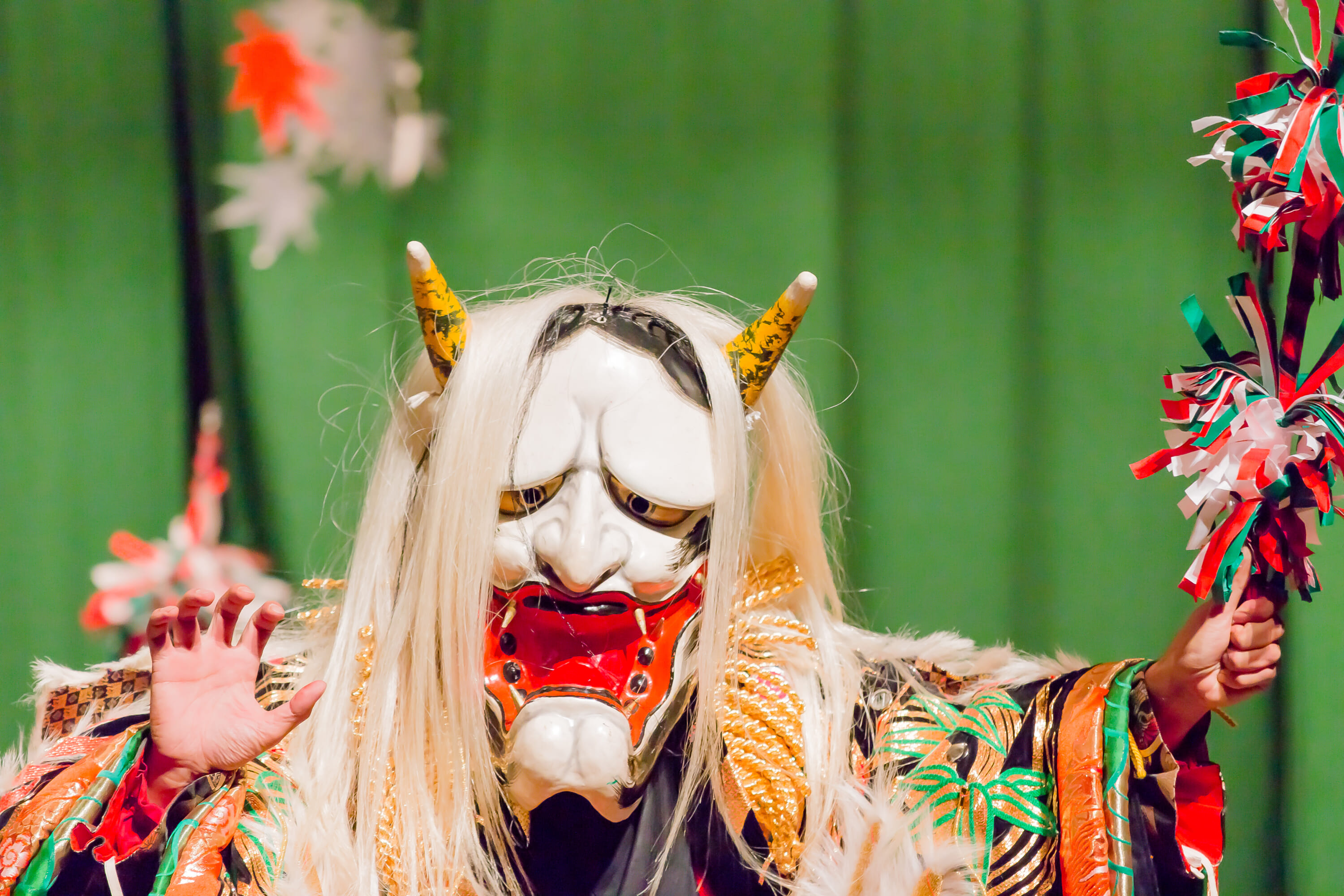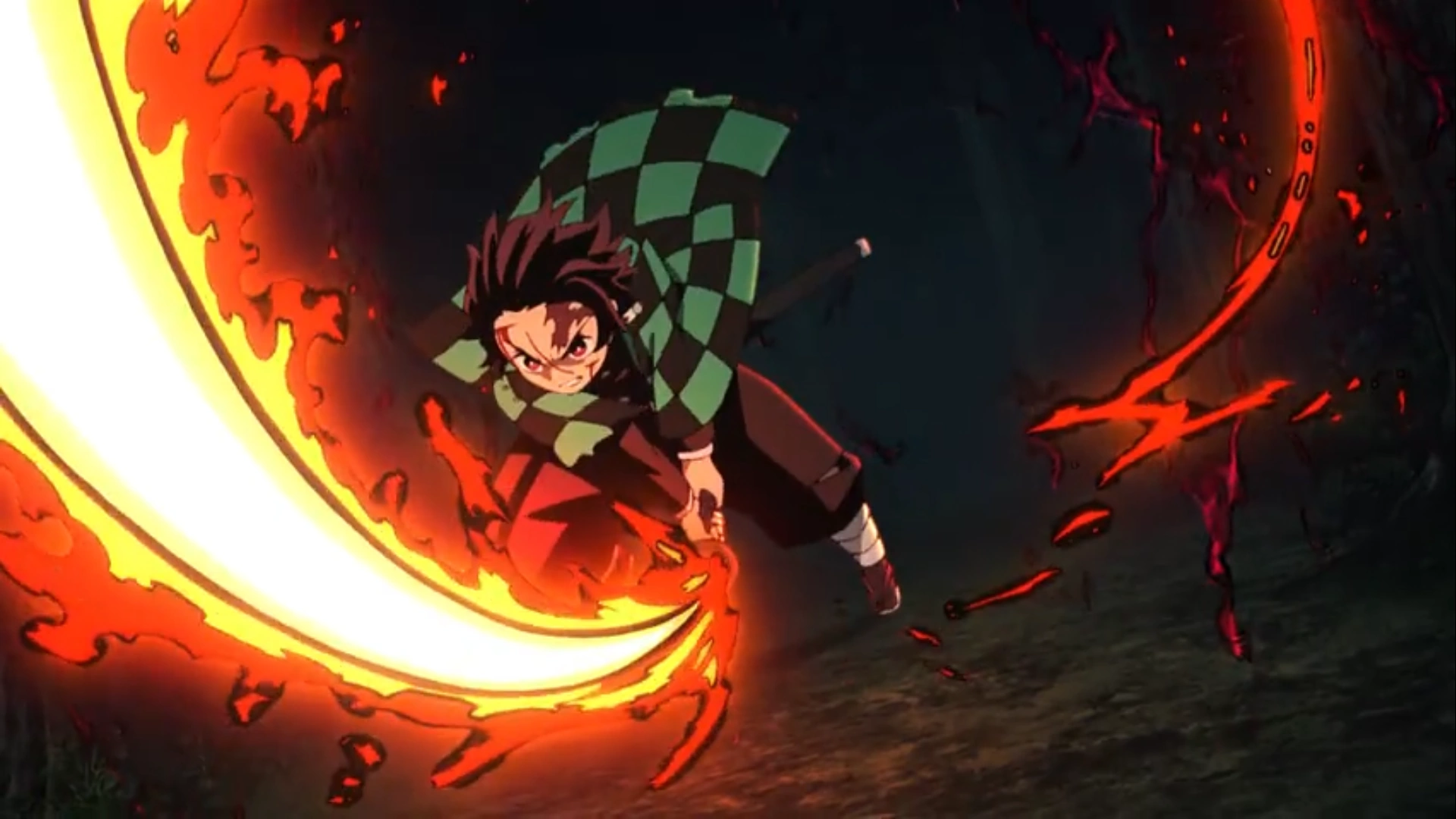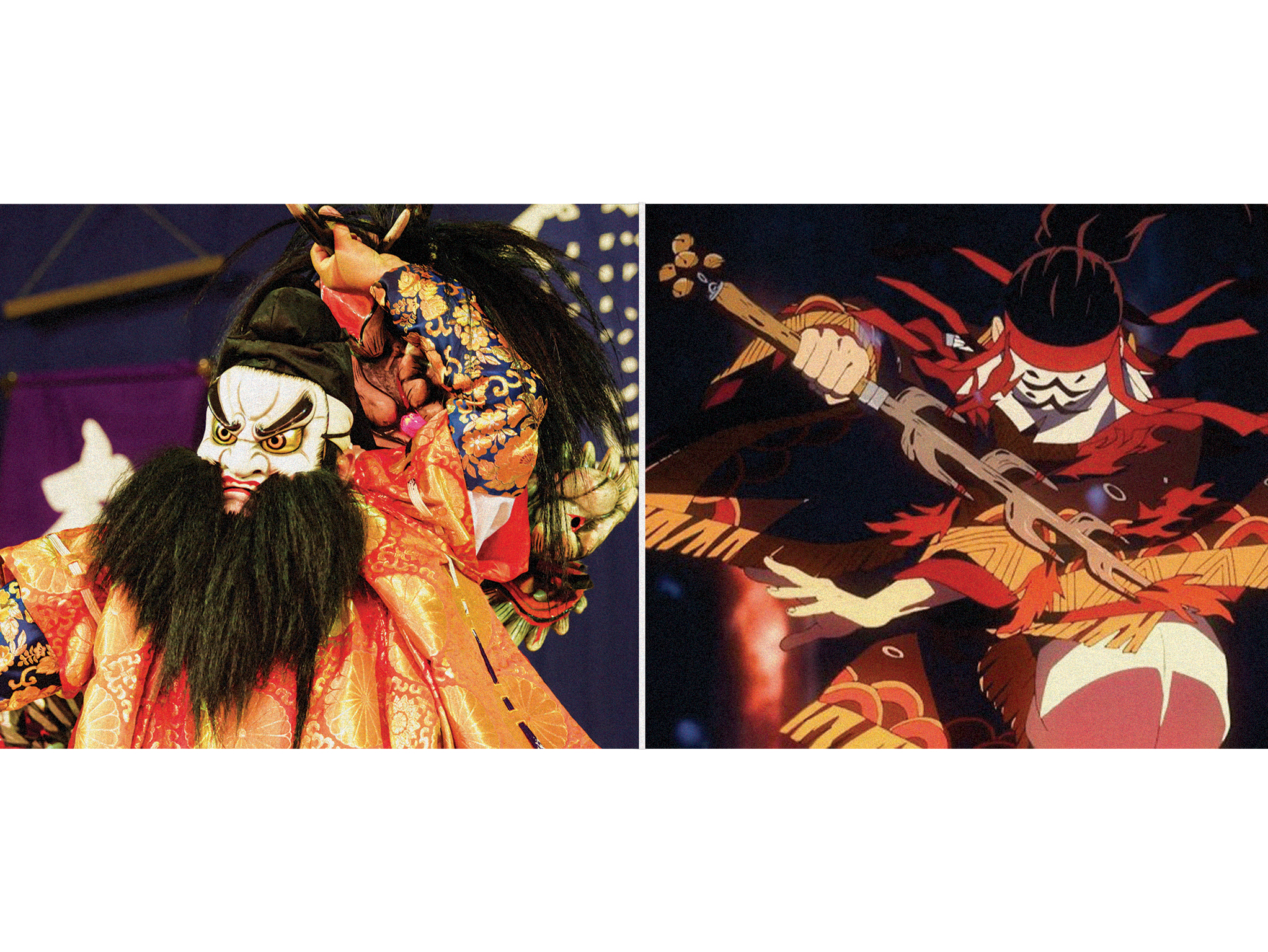Demon Slayer: Kimetsu no Yaiba, the story of a secret war between humans and demons set during the Taisho Period (1912–1926), was the most popular anime on Japanese TV in 2023, with its last season finale amassing nearly 23 million views. That was also the season jam-packed with references to Japanese culture, like the country’s mythology and proverbs, and perhaps there lies the secret to the series’ popularity. Demon Slayer doesn’t just have the occasional nod to ancient Japanese traditions and customs. Rather, its core story is built around them, with one, the kagura dance, ostensibly having the most influence on the story devised by mangaka Koyoharu Gotouge.

What is Kagura?
Some say that kagura is the oldest performing art in Japan. Today, it primarily takes the form of stage performances with singing, music and a lot of dancing in elaborate costumes to honor the gods. Kagura comes in many varieties, but broadly speaking, the dance can be classified into two groups: the regal mikagura that evolved at the Imperial Court and is full of pomp and ceremony, and the folk satokagura that developed outside the Kyoto palace in hundreds of different mountain villages, each one adding a bit of the local flavor to the tradition. So far, so no demon slaying. But if we go back further in time, a few familiar things start to emerge.
Kagura began as a Shinto ritual, believed to have first originated as a shamanic ceremony meant to channel the gods. A kagura dancer was believed to become a medium and go into a kind of trance while a deity entered their body. The most popular explanation for the origin of “kagura” is a contraction of “kami no kura,” meaning “seat of the gods.” Fans of Demon Slayer might recognize this as a ritual performed by Tanjiro’s father that seemingly endows the dancer with endless stamina, and which eventually becomes incorporated into the anime hero’s fighting style.

Kagura Slayer
During the first season of Demon Slayer, Tanjiro battles the powerful demon Rui and uses his father’s ritualistic dance to create a brand-new super attack that he names “Hinokami Kagura,” or the Dance of the Fire God. It’s interesting this happened during a battle with a spider demon, seeing as those exact monsters feature heavily in the plot of one of the most famous kagura plays out there: Tsuchigumo (Earth Spiders). A story of rebel warriors being driven into the mountains and burrowing into the ground where their hatred turned them into terrifying spider beasts, Tsuchigumo also features demons disguising themselves as humans, just like Muzan Kibutsuji, the anime’s demon king.
Demons taking on human form to fool their enemies also happens in the kagura play Rashomon. Battling demons is a very common theme in kagura plays. In Modoribashi, the legendary samurai Watanabe no Tsuna (the victim of the ruse in Rashomon), battles a demon near the Modoribashi bridge in Kyoto, cutting off the monster’s arm and causing it to fly away. The play Tamura is similarly straightforward: A great warrior, here Sakanoue Tamuramaro, hears news of a demon, goes to fight it, and defeats it. Splash a few buckets of blood on it and you have yourself the elevator pitch for Demon Slayer. But kagura’s influence on the manga and anime goes much deeper than that.
The First Kagura and the Power of the Sun
In Demon Slayer, there are only two surefire ways of killing a demon: exposing it to sunlight, or cutting off its head with a special katana that has been infused with the power of the sun. So… there actually is just one surefire way to kill a demon on Demon Slayer: the sun. And speaking of the sun, did you know that it once up and vanished from the world? That’s the story related in the Kojiki, the oldest Japanese text in existence, which says that Amaterasu, the goddess of the sun, once hid away in the Heavenly Cave, plunging the world into darkness and unleashing hordes of demons upon it.
She was eventually pulled out of there after the goddess Ame-no-Uzume did a funny dance, making all the other gods around the cave laugh out loud. Curious about the commotion, Amaterasu peeked out of the cave, when the Japanese pantheon grabbed her and made her return to the world. Ame-no-Uzume’s jig is today considered the mythical first kagura, giving the shamanic-ritual-turned-dance the metaphorical ability to bring forth the power of the sun. No wonder that Tanjiro’s Hinokami Kagura is shaping up to be the most powerful weapon against demons in the anime.
Will kagura feature prominently in the new season of Demon Slayer premiering in mid-May? Fans of the manga, which concluded in 2020, already know the answer to that, but fans sticking to the anime now have a whole new way of enjoying Demon Slayer: looking for all the references to Japan’s ancient dance-theater hidden in it. Fun.









